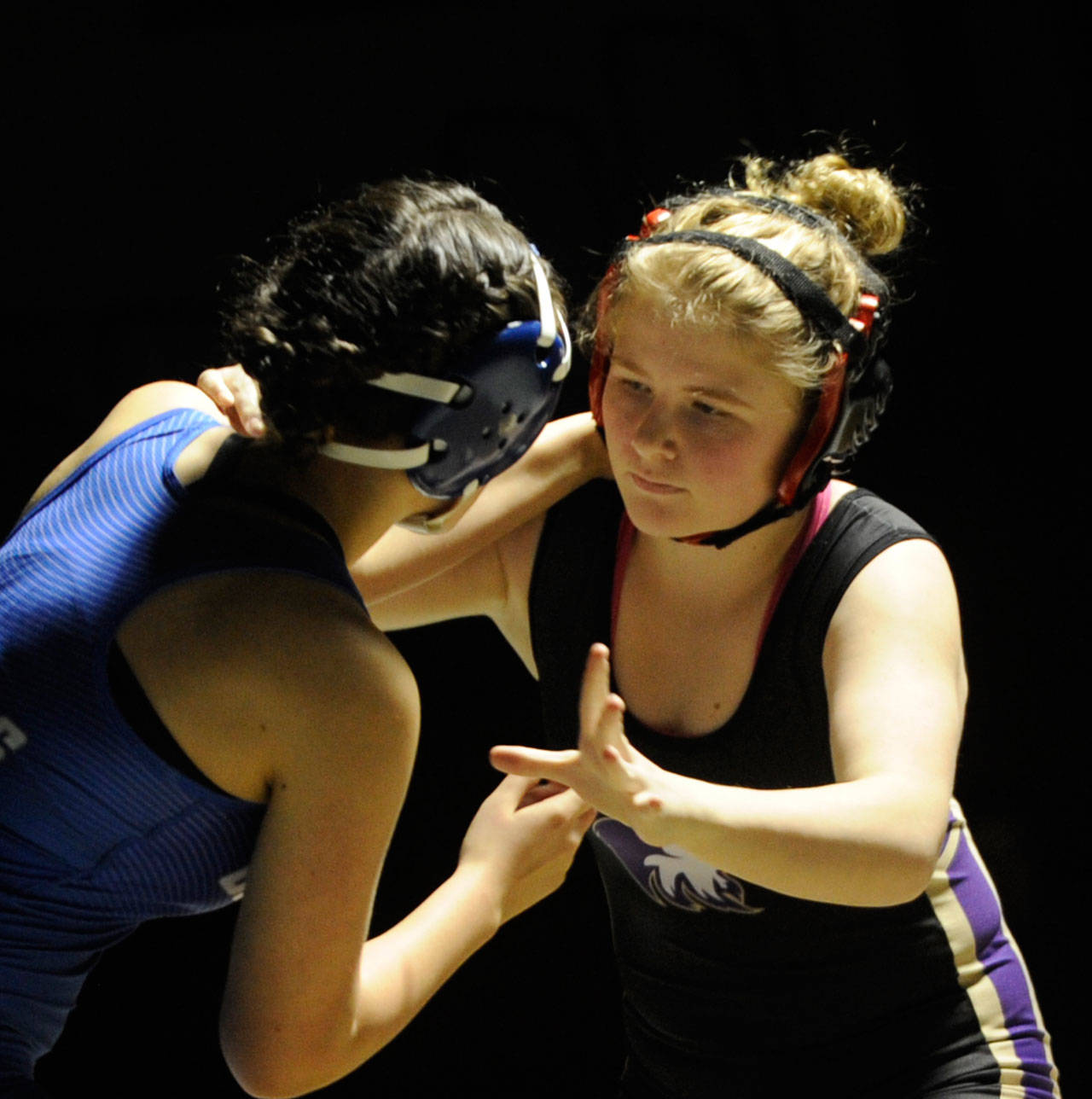It looks like some prep sports are returning in late December.
Keeping COVID-19 transmission rates low will be key to allowing full league schedules and fans in the stands for those games, according to a series of guidelines released Oct. 6 by Gov. Jay Inslee and the Washington Interscholastic Activities Association.
Under these guidelines, prep sports conceivably could return in a few weeks with some fans in the stands for basketball and swimming, but only if COVID-19 transmission rates do not go up.
Sequim High School athletic director Dave Ditlefsen said he spent all morning Wednesday, Oct. 7, poring over the 29-page guidelines.
“Actually, it’s very encouraging,” Ditlefsen said. “There’s a lot to go through and we’re already tackling a lot of these issues. We’re excited that’s there’s a game plan to start.”
“I’m enthusiastic. I’m pretty happy about it,” Port Angeles Athletic Director Dwayne Johnson said. “Our motto is, ‘Mask up to suit up.’”
Johnson said he is also pleased that the scheduled return of prep sports will also coincide with the reopening of the Shore Aquatic Center in time for boys’ swimming.
Johnson said getting prep sports back has been the fruition of a lot of work from Port Angeles Superintendent Marty Brewer, WIAA Executive Director Mick Hoffmann and Clallam County Health Officer Dr. Allison Unthank.
Local schools will have to go through myriad procedures to prepare playing areas for sports. This includes cleaning gyms, locker rooms and other facilities, ventilation, physical distancing, washing hands, etc.
One of the biggest guidelines involves “infection rate” — a key figure health officials rely upon to keep track of the current prevalence of COVID-19.
An infection rate under 25 per 100,000 population over a two-week period is considered low risk. An infection rate between 25 and 75 per 100,000 is considered “moderate risk” and an infection rate of over 75 per 100,000 is high risk.
While Clallam and Jefferson’s infection rates are fairly low, Port Angeles and Sequim play in leagues with schools in Kitsap and Mason counties. As of Oct. 19 Kitsap’s infection rate was 52.5 per 100,000 over the past two weeks — too high to start basketball at the moment.
Ditlefsen said a policy for how to deal with other counties’ infection rates within the Olympic League is still being discussed.
“That’s something we’ll have to tackle with the other (athletic directors),” he said.
Port Townsend may have to deal with high infection rates in other counties. The Redhawks are joining the Nisqually League, which is mostly made up of schools in Pierce and King counties; as of Oct. 19, Pierce has an infection rate of 110.6 per 100,000 and King County has an infection rate of 93 per 100,000.
Sequim School District superintendent Rob Clark gives an overview of Sequim’s return to athletic activities in a video available at youtube.com/watch?v=WtYIt1rl-ow.
Sports rated by risk
The first sports set to begin are basketball, boys swimming and wrestling at the end of December. Basketball and wrestling are considered high-risk sports, so competition may begin if regions are in low risk transmission rates.
At the moment, both Clallam and Jefferson counties are under the threshold of low risk, though Clallam isn’t under it by a lot. Jefferson County has an infection rate of 21.9 per 100,000 and Clallam County has a rate of 20 per 100,000.
Ditlefsen said under low risk, fans would be allowed into gyms. There would be masking required, temperature checks and people would be asked to remain 6 feet apart.
If an area goes into a moderate risk infection rate, that will severely limit how many fans can attend basketball games. Under moderate risk, only one guardian or parent per player would be allowed in the gym. So games might only have 24-30 people in the stands.
Ditlefsen said that wrestling is especially high-risk. He said there has been talk of postponing wrestling to the spring to see if infection rates drop by then.
Swimming is considered a low-risk sport.
Next up are the fall sports that have been postponed to March 2021. Football is listed as high-risk, with volleyball, gymnastics and girls’ soccer as moderate risk and boys’ tennis and cross-country as low-risk sports.
Moderate risk sports can begin in areas with a moderate risk infection rate.
Low risk sports such as golf and cross-country can begin in areas even with high-risk infection rates, though extra precautions would be taken. For instance, in cross country, starts would be staggered with runners in groups no larger than 10 people.
The spring sports season begins in late April with girls’ tennis, golf, track and field listed as low-risk and softball and baseball as moderate risk.


